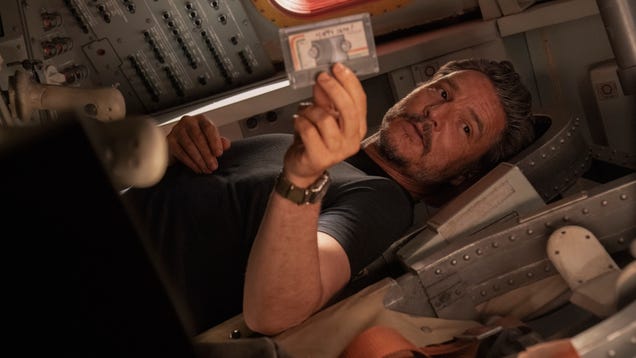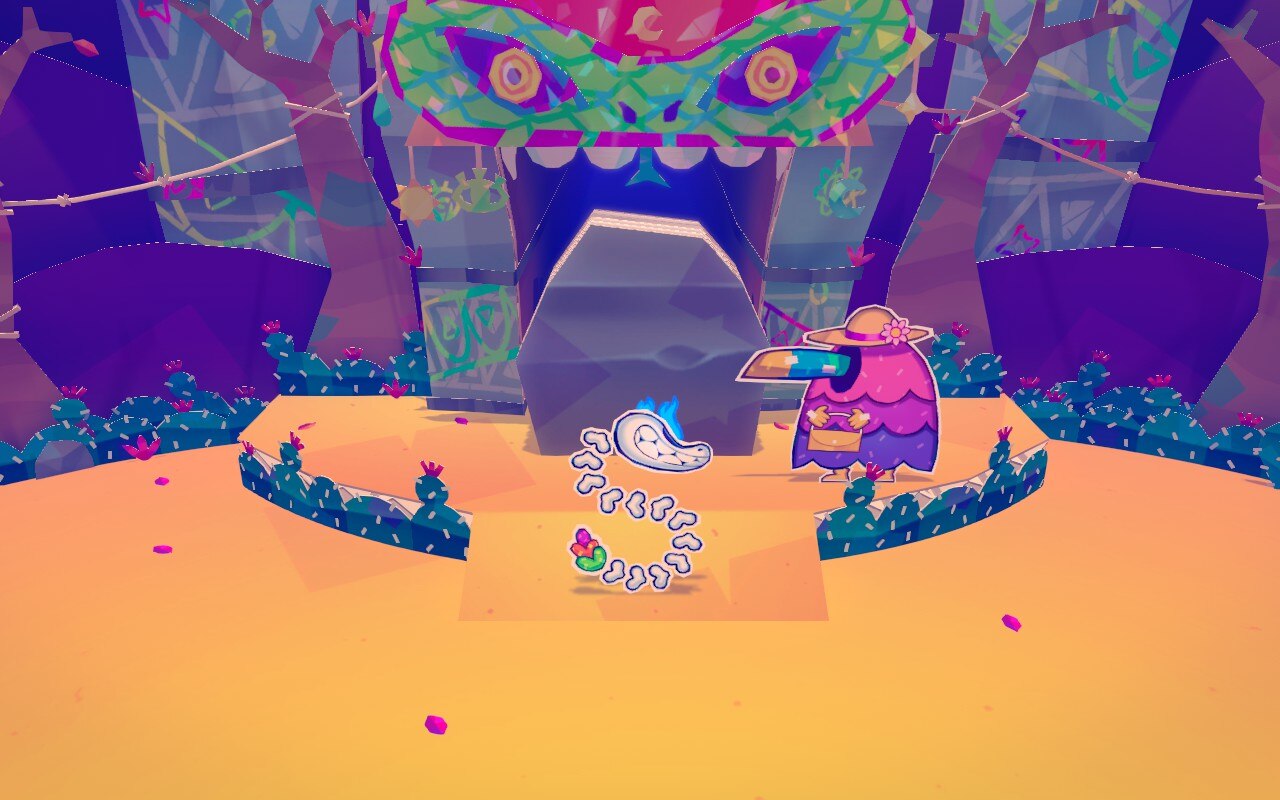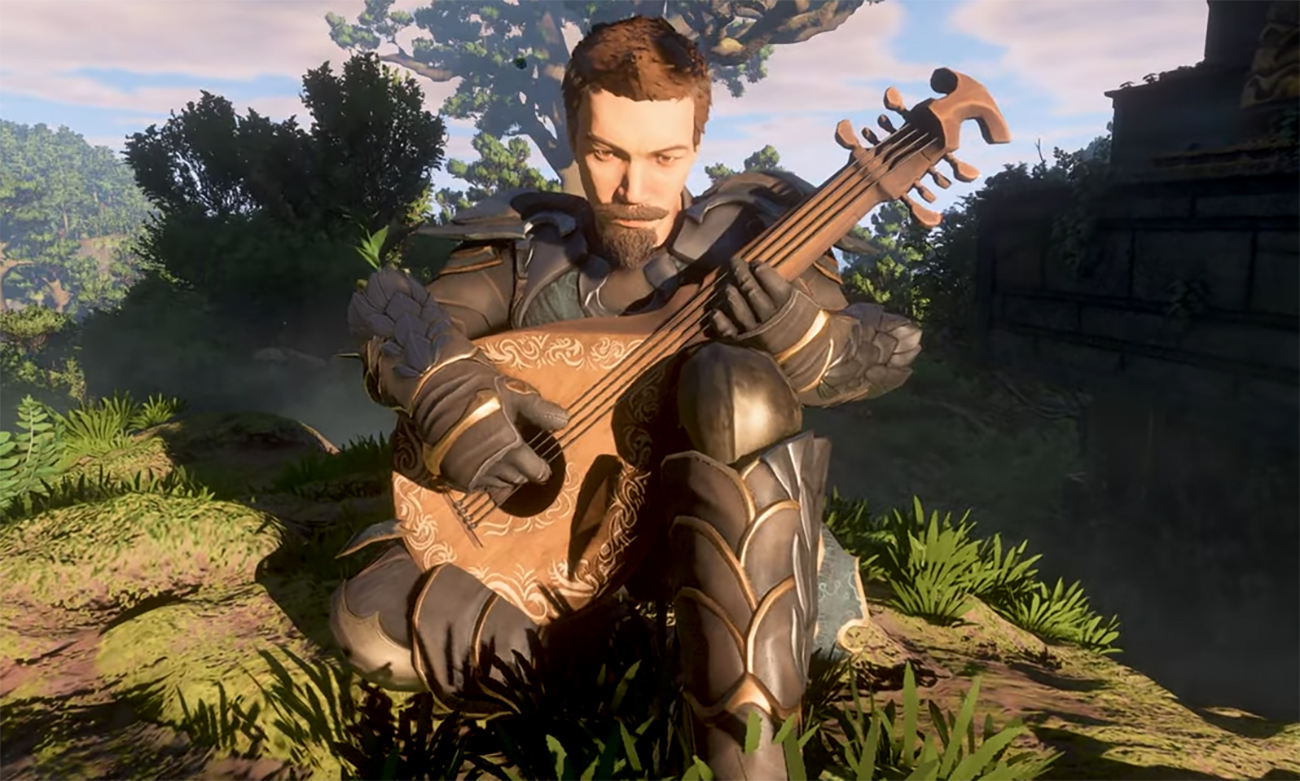
Call of Duty: Black Ops 6 Campaign Review
Note: This review specifically covers the single-player campaign of Call of Duty: Black Ops 6. For our thoughts on the other modes, see our multiplayer review in progress – and for Zombies, stand by!
A spy thriller worthy of the name, Call of Duty: Black Ops 6’s campaign is a hugely welcome reinvigoration of the long-running first-person shooter series. It looks back at what has historically made the best CoD single-player modes so great and throws its own exciting and novel ideas into the mix, to fantastic effect. Telling one of the most engaging stories the series has ever seen, Black Ops 6’s enticing variety and impressive scale provide a stellar return to form.
Ever since the 2003 original, CoD campaigns have been heavily influenced by military action movies – starting in a logical place with classic WW2 cinema like The Longest Day and Saving Private Ryan before moving on to more contemporary influences, in particular the panoramic yet still claustrophobic camerawork of Ridley Scott’s Black Hawk Down.
But the lens shifted focus away from theatres of full-scale war and onto spy thrillers in the mold of the Mission: Impossible and Bourne series, beginning with 2010’s Black Ops and evolving into a refined, enthralling form with Black Ops 6. It’s in this distinctive direction that the returning Adler and Woods team up with a new team of skilled operators, this time in 1991, to combat an emerging new threat called The Pantheon, amid rumors of the creation of a potentially history-changing bioweapon. Sure, 2020’s Cold War had its fair share of espionage action, but the majority of Black Ops 6’s missions don’t take place on the flashes and bangs of the frontline, but in the shadows that lie deep behind it.
Two missions in particular showcase this brilliantly: the infiltration of a political gala in Most Wanted, and the casino heist of High Rollers. The former presents three different options for how you want to go about completing your objective – I had a great time tinkering with a silent auction, but other paths are available that will test your spy skills – and while your choice has no lasting impact on the story, it does add an element of replayability to otherwise linear levels. The heist, by contrast, has you swapping between multiple members of your blacklisted team, spread across lavish slot machine-filled surroundings and the dank underground waterways beneath. You don’t get to swap freely, but the slick character baton-passes add another dash of cinematic flair.
There’s an enjoyable amount of flexibility to how you can approach missions.
There’s an enjoyable amount of flexibility to how you can approach other missions as well. Stealth is often encouraged, but going loud is almost always an option (with insta-fail stealth thankfully only rearing its ugly head on one or two occasions). Keeping to the shadows or hidden underwater made me feel like a silent assassin, but when I let that slip I had to swiftly switch to a more combative style.
Gunplay, crucially, delivers in both areas, with suppressed headshots satisfyingly pinging brains out of heads in one trigger pull and rattling SMGs and punchy shotguns feeling great when manically dashing in and out of cover thanks to the exciting new “omnimovement” system. This completely revamped movement mechanic allows you to sprint in any direction, as well as leap into the air sideways while firing to pull off your best gun-fu-esque stunts.
There’s a great sense of improvisation as well. Weapons need to be constantly discarded and replaced with whatever gun is within grasp due to ammo sometimes being kept cleverly sparse. That also applies to the more DIY methods of dispatching enemies that are available, such as grabbing knives from chopping boards to then send them flying into skulls. Again, it evokes that espionage action movie feel, letting me briefly cosplay as John David Washington brutalising his way through a restaurant kitchen in Tenet.
The variety of its levels and top-tier presentation makes sure that it’s never once dull, but this is a feat of stamina as well: By the historical standards of Call of Duty campaigns Black Ops 6 is one of the longest, clocking in at just around eight hours for me (roughly twice the length of Modern Warfare 3’s dud of a mission chain). It’s no Baldur’s Gate 3, certainly, but that’s a respectable runtime for a shooter campaign.
By the historical standards of Call of Duty campaigns Black Ops 6 is one of the longest.
I do wish, though, that Call of Duty had more tricks up its sleeve by now when it comes to adding difficulty and differences to enemy encounters. Even now, after so many games, it’s still resorting to simply chucking a juggernaut or two your way to unload full magazines into when it wants to ramp up the stakes, but this time these challenges are occasionally solved via more interesting means thanks to a range of spy gadgets handed out at regular intervals. A throwing knife that can home in on targets adds a welcome dose of Batman energy to proceedings, and the trusty explosive remote control RC-XD cars make a fun return. Naturally, if all goes wrong, you can always rely on the more rustic C4 option to blow up anything you need it to.
When downtime is had between outings, the writing hits a fun sweet spot between cliché and self-awareness and is supported by a cast that fully buys into their roles. Bruce Thomas in particular is in great form as the brazenly enigmatic Russell Adler, and Y’lan Noel and Karen David make a great first impression as Marshall and Sevati, respectively. The latter has a lot of fun in her chameleon-like role as a master-of-disguise assassin, with new personas taken on from mission to mission.
You’ll spend more time with them when you return to the safe house, where you can learn more about your teammates’ backstories, solve puzzles, and purchase valuable upgrades using cash found on missions. These perks range from standard stuff like explosive damage negation to ones that are more traditionally found in multiplayer modes, such as Last Stand, which gives you a temporary health and speed boost when close to death. It’s a further example of the increased flexibility in game design and the way that developer Raven Software is encouraging you to adopt your own playstyle.
Your sizeable Bulgarian manor is also home to dormant KGB secrets, which I had a great time uncovering. While none of the puzzles are too brain-testing – usually amounting to just memorising a series of numbers or using trial and error to unlock terminals – they successfully add even further variety to an otherwise (expectedly) gun-heavy time. It’s surprisingly involved, and a fantastic improvement on an idea that began as a small abandoned garage in 2020’s Cold War, serving as a great place to plan for heists, undercover operations, and the completely unexpected.
Speaking of which… I won’t say too much here so as not to spoil it, but perhaps the best mission of the whole campaign riffs off of previous Black Ops hallucinogenic episodes to create something that touches on the likes of BioShock, Prey, and Control in both its aesthetic and level design. It’s hard to know which of Black Ops 6’s many great missions will ultimately be remembered most fondly, but I have a feeling it might just be the weirdest that cements its place as an all-timer.
That isn’t to say you’re kept completely out of more traditional combat zones. The first Gulf War serves as the backdrop for Black Ops 6’s story, and you do spend a couple of missions in the ‘90s Middle East. This allows for the mission design to return to its modern military roots, but does so by innovating on the Call of Duty formula, which is best exemplified in a mid-game mission that is as ambitious in its scale as any I’ve ever seen from this series of campaigns.
Taking place over a vast desert map, you’re given the task of destroying three SCUD missile sites in any order and by any means of your choosing. Feel like driving straight through the front door in a jeep? Go for it. It may be much more advisable to pick off a few targets from afar and think about things more methodically, though. Points of interest are also dotted around the map, and those can reveal themselves to be anything from special equipment supply drops to SAS scouts who show you enemy locations. These areas are worth exploring, too, as certain side objectives are built into the larger main mission design, such as when I blew up three different enemy SAM encampments to free up the airspace and allow me to take control of a helicopter’s buzzsaw of a machine gun later on. This choice and consequence system is further explored in an equally exciting later mission, too, and is one of Black Ops 6’s true masterstrokes.
A mid-game mission is as ambitious in its scale as any I’ve ever seen from this series.
It’s a fantastic use of everything Call of Duty does at its best, and a ludicrously better example of how it can borrow from its Warzone and multiplayer modes to build something truly exciting in an open space that blows last year’s feeble attempt out of the water. It frankly puts Modern Warfare 3’s “open” mission design to shame, and shows the worth of granting a development team more than a handful of months to cobble together a campaign.
Although enthralling to play, the fact that these missions take place during Operation Desert Storm doesn’t serve the story in anywhere near as fulfilling a way, making the controversial conflict come across more like window dressing. They don’t delve into, or address in a meaningful manner, any of the human issues at play that surrounded the conflict in 1991 Kuwait, Iraq, and the larger Gulf area. Black Ops 6 tries to have its cake and eat it too; you can’t “keep politics out of video games” when the game in question painstakingly recreates several real-life world leaders and the wars their governments partook in to set the stage for its ensuing fireworks.
What We Said About Call of Duty: Modern Warfare 3’s Campaign
Modern Warfare 3’s campaign commits the biggest sin possible for a globe-trotting action thriller: it’s boring. What had the promise to be an intriguingly spun web of mystery instead ends up being a dusty cobweb you’d find at the back of your shed, clinging onto 15-year-old garden toys you once had fun with. It’s a pale imitation of the past, made up of underbaked story moments that clash with attempts to introduce new open combat missions designed to encourage player freedom that instead fall flat on their face. Yes, the gunplay is still great and the graphics and sound design are top-tier, but I couldn’t help but feel I was playing a shinier, less subtle version of something I’ve played too many times before. If this is the quality we’ve come to expect from Call of Duty campaigns, maybe it’s for the best if a year or two is taken to reset and raise this low bar back to the heights of old. – Simon Cardy, November 3, 2023
Score: 4
Read the full Call of Duty: Modern Warfare 3 Campaign Review
Instead, this is a story that’s far more concerned with being a popcorn spy thriller than it is with examining or even reacting to its own subject matter, which in and of itself isn’t a fundamental issue – but after Modern Warfare’s weak argument against chemical weapons in 2019 and Modern Warfare 3’s refusal to use terrorism for anything more than cheap thrills just last year, Black Ops 6 follows an unfortunate trend of recent CoD campaigns declining to offer an emotionally nuanced reading of the settings they take on. It’s no doubt entertaining, and I’m not exactly looking for (nor expecting) a deep, forensic examination of the cultural cost of global conflicts here, but it still feels like the latest instalment in a series of missed opportunities. There is room to both entertain and say something real, as so many of the war and spy movies CoD emulates already do, and 2012’s Spec Ops: The Line is often praised for (even though its conflict is fictionalised).
What is delivered is a constantly engaging spy thriller story as the exiled Woods, Adler, and a string of new faces go off the record to decipher the links between the CIA, Saddam Hussein, and The Pantheon. What begins as a fairly standard cloak-and-dagger plot really comes alive in the back half, managing to weave in personal stakes and treats for long-time Black Ops fans. The nature of its closing chapter crept up and honestly surprised me, somehow managing to balance a bombastic crescendo with genuine emotive strain. It’s as good as a Call of Duty plot has been in a long, long time.
A shout-out must also go to the quality animation on display, a technical area that can sometimes be taken for granted when it comes to Call of Duty. Whether it’s intricate gun reloads and the mechanical finesse of your weapons when fired during gameplay, or the sheer fidelity of the cutscenes, it truly is best-in-class work.








